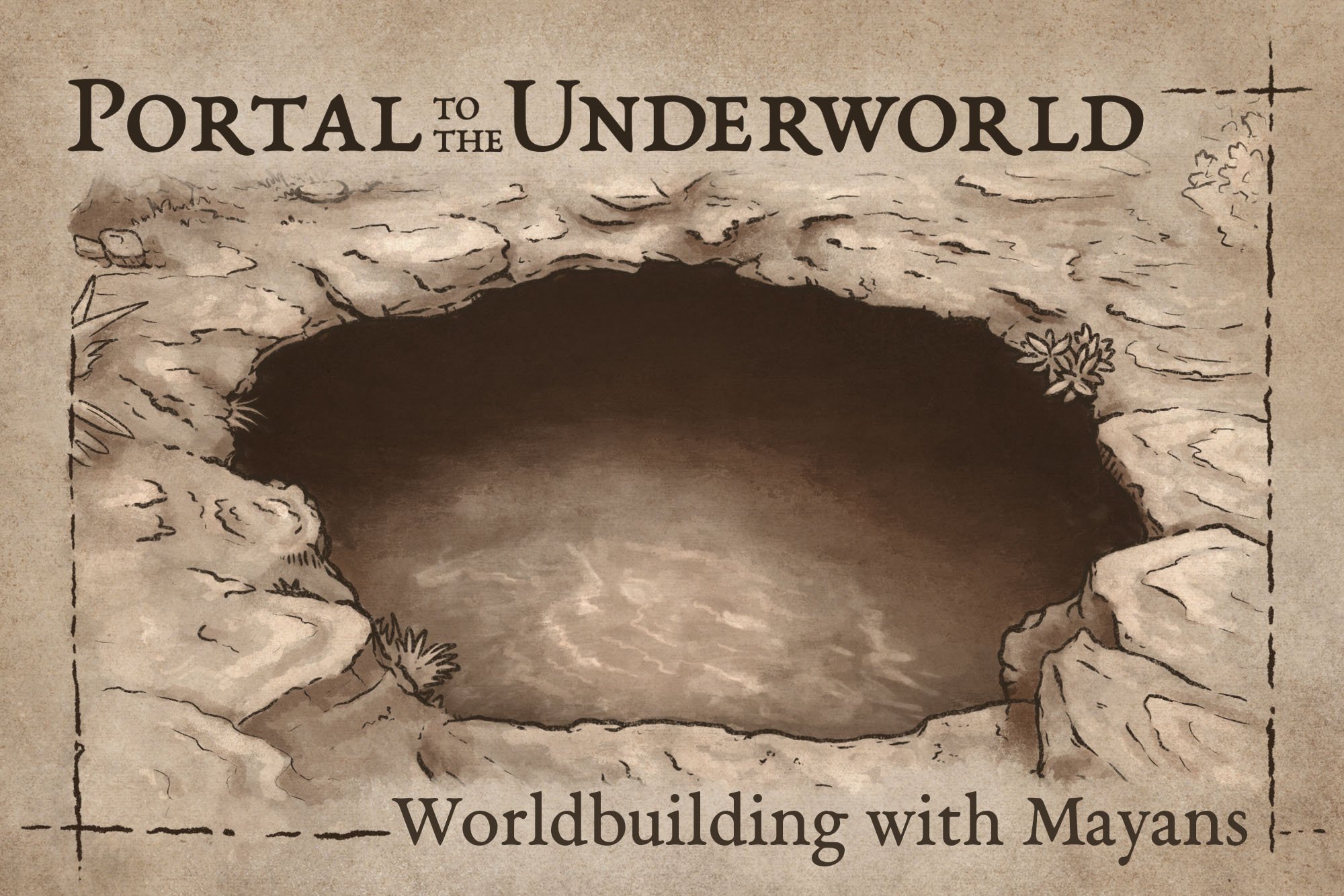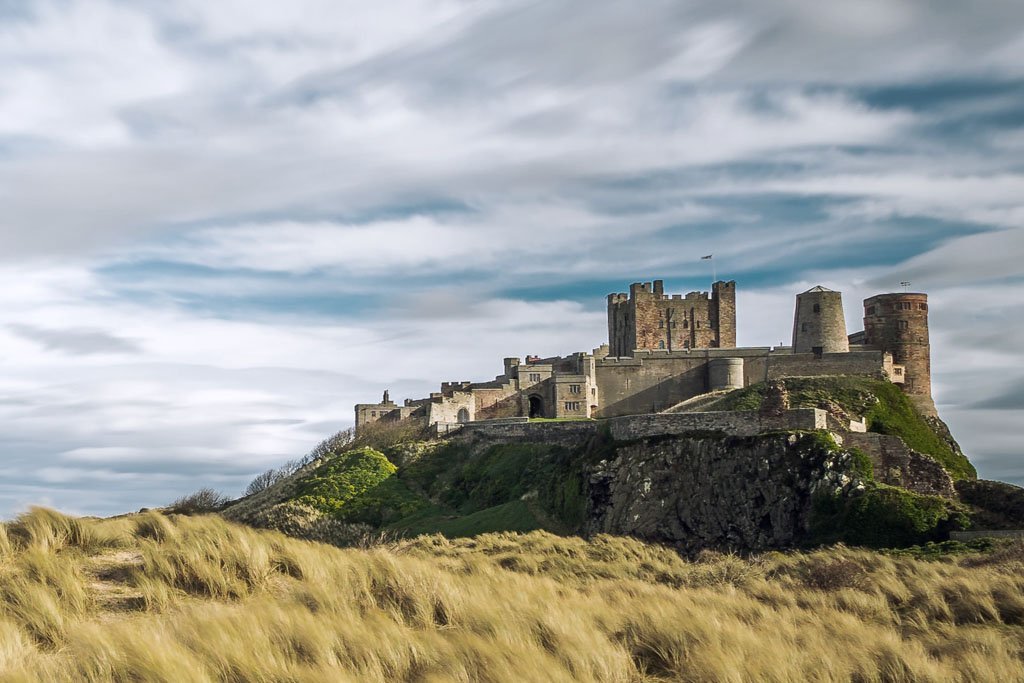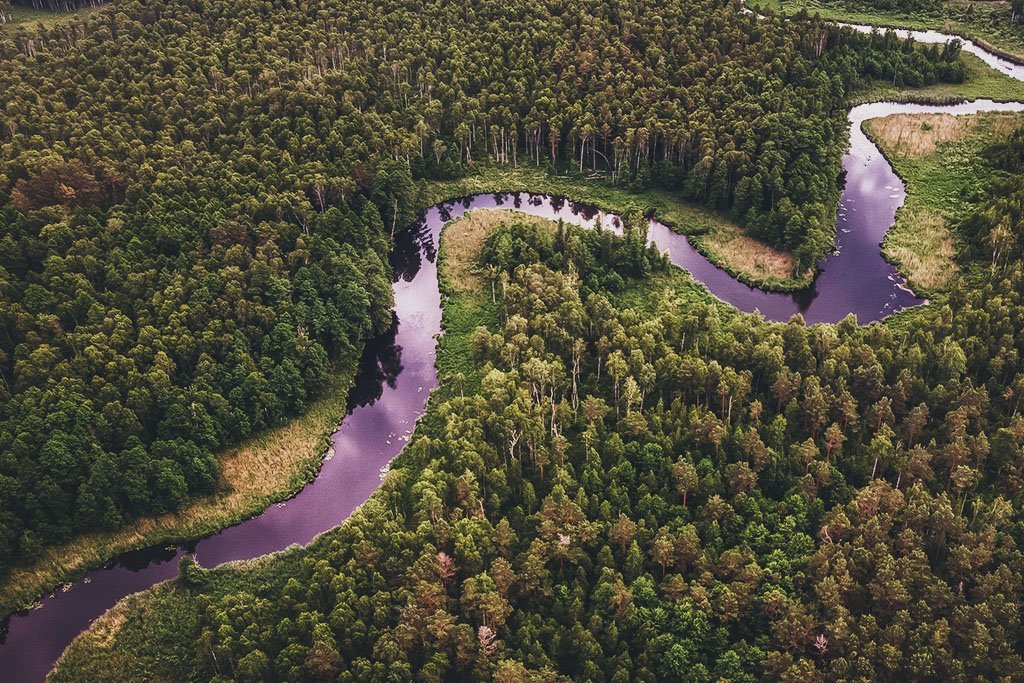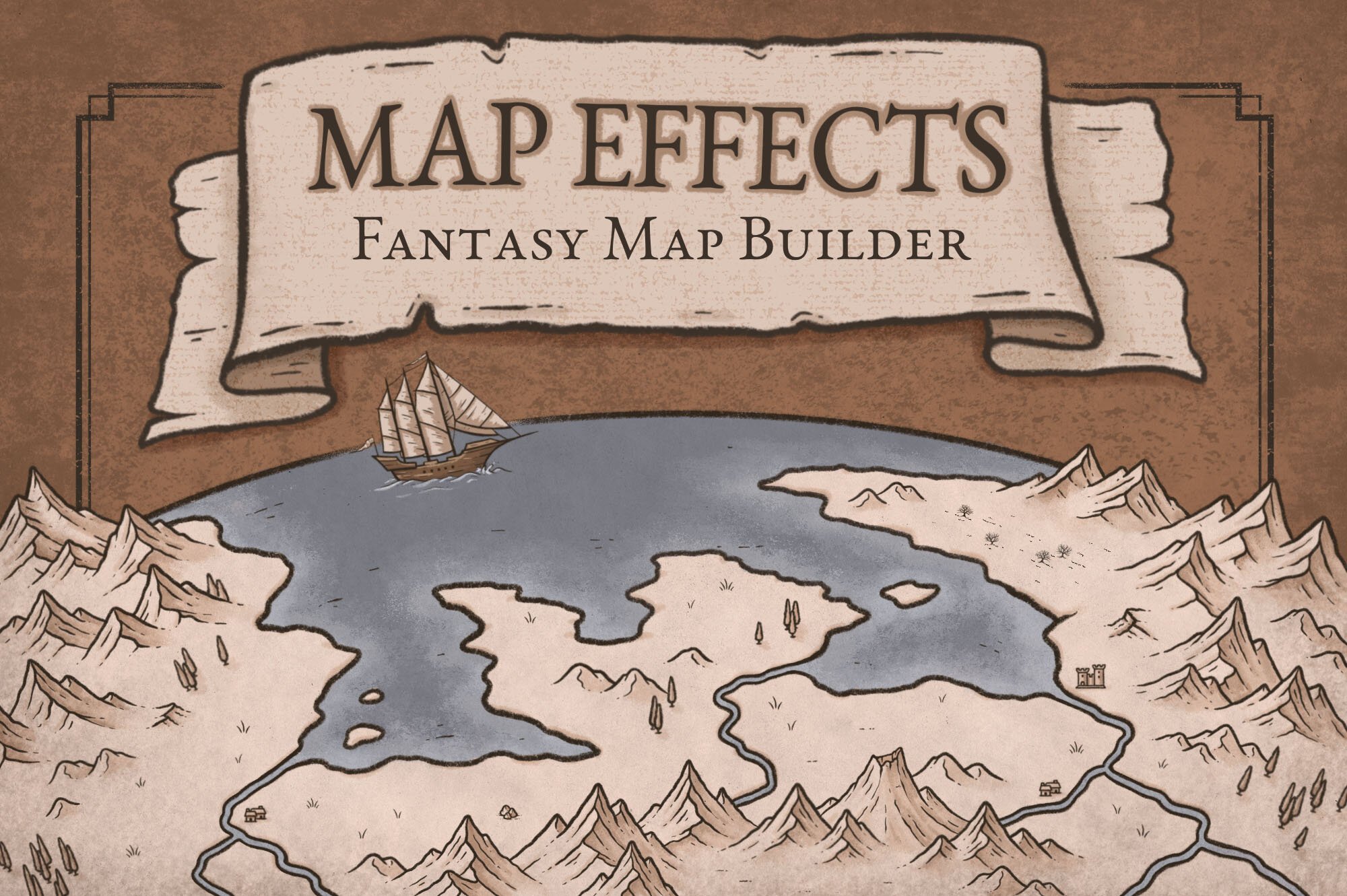Floating Gardens - Worldbuilding with Aztecs
Cities and villages obviously need food to survive, so like the rest of us you’ve probably found yourself drawing the same rows of fields all around your fantasy map for your city or village. But what if you want to create something a little more interesting and make your worldbuilding stand out? It turns out with a little digging, you can find some fascinating and effective methods for farming in unlikely places throughout history. The floating gardens of the Aztecs or “chinampas” are a perfect example.
You probably didn’t even realize you can grow crops on man-made islands! But, as it turns out, this method of agriculture can produce 7x the harvest of traditional methods and use 80% less water. It sounds like something right out of a fantasy novel, but it turns out this is a real method that was perfected by the Aztecs to support their capital of Tenochtitlan.
A Map of Tenochtitlan
Tenochtitlan, the great capital of the Aztecs was home to 200k - 400k people; making it one of the largest cities in the world at the time.
Amazingly, the city was built on a marshy island surrounded by the water of Lake Texcoco. Long causeways built across the water connected the city to the main land, but surrounding these roads were the iconic chinampas of Tenochtitlan.
“Floating” Gardens?
Chinampas do not technically float but are man-made islands surrounded by water. Each field was usually around 10’ wide and sometimes as much as 100’ long.
This area of Lake Texcoco was relatively shallow, which allowed the Aztecs to drive wooden stakes into the bottom of the lake. Flexible branches and trunks were then woven between the stakes to create a type of wall which water could easily pass through.
BONUS FACT
Chinampa fields were often tended by a particular family and passed on for several generations.
Forming the Island
The next step was to fill the chinampa with sediment and plant debris which could be dredged from the bottom of the lake.
All of this organic material created a nutrient dense growing medium, which could easily be replenished throughout the seasons.
A Living Fence
Willows are a very common tree to find near water as they enjoy having “wet feet”. This made them perfect to plant along the edges to help stabilize the structure, prevent erosion, and give dappled shade for the plants. This also helps create a micro-climate to help protect the plants from frost.
As willows are very tolerant of pruning, they can easily be shaped to prevent too much shade from being cast. The branches could then be used for basketry or building more fences.
Planting Crops
This system is so fertile and efficient with irrigation that it’s estimated you could get up to 7 harvests in a growing season and use 80% less water as it was constantly held within the system.
Though there are only a few of these fields remaining in Mexico today, some permaculturists are experimenting with these ancient techniques to create a more sustainable form of agriculture in places throughout the world where it would be appropriate.
Mapping Chinampas
Chinampas are a unique form of agriculture and are a great way to make your worldbuilding stand out. Here’s a quick example of how you could draw them on a village map.
I hope you found this interesting and it sparks some ideas in how you could use a technique like this for your story. To me, this is one of those great examples of something that feels very “fantasy”, while being grounded in reality.
Unfortunately, it is one of those things that has been mostly lost to history, and remembered only by a relatively small group of people. Being able to bring something like chinampas into your worldbuilding not only makes your story more interesting, it’s also a fun way to honor the ingenuity of a culture like the Aztecs and expose people to some amazing historical techniques they may not have ever heard before.
Happy Mapping!
Josh

















